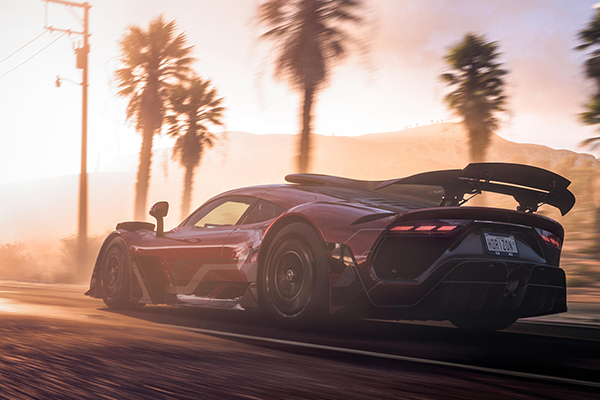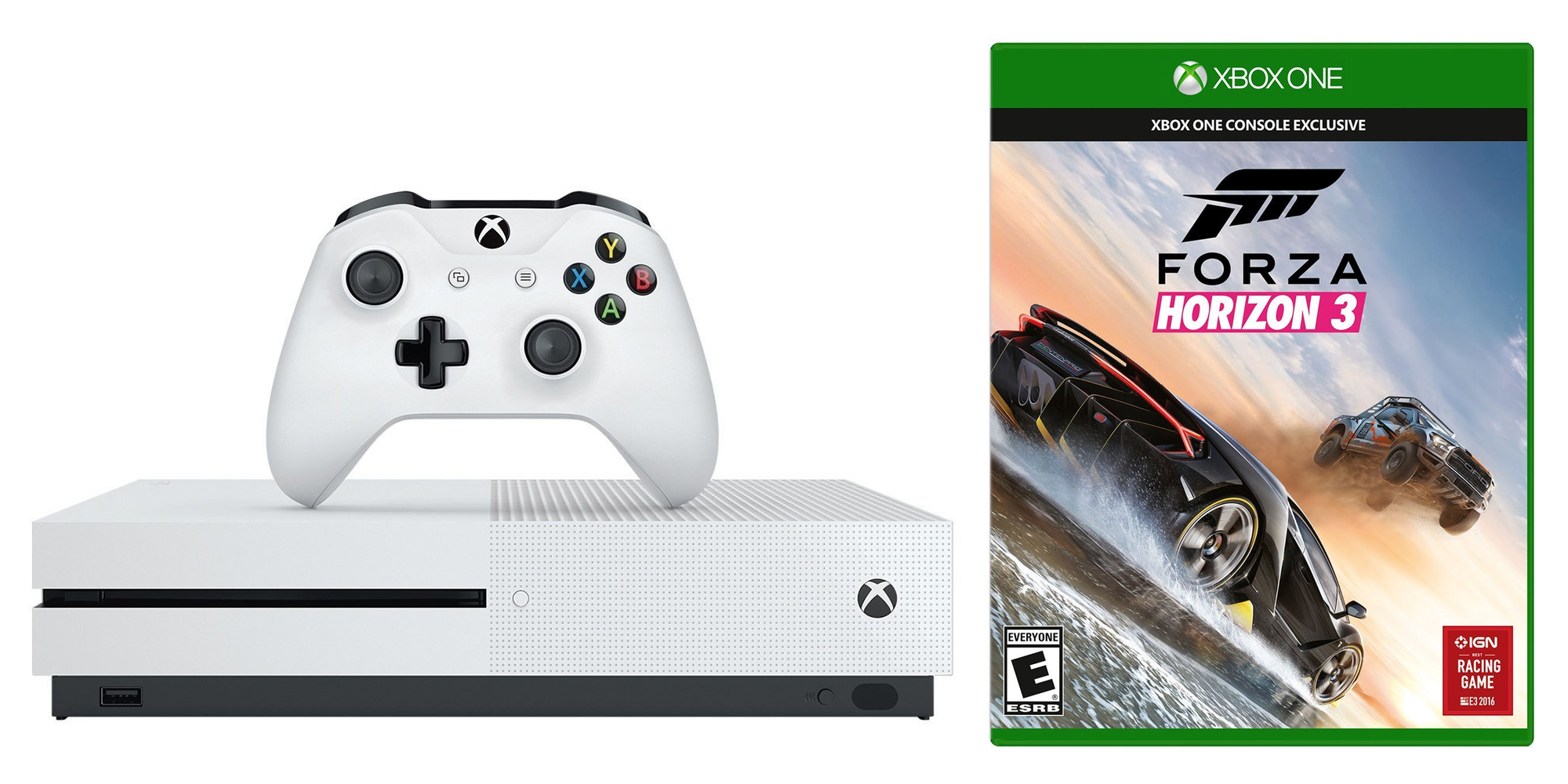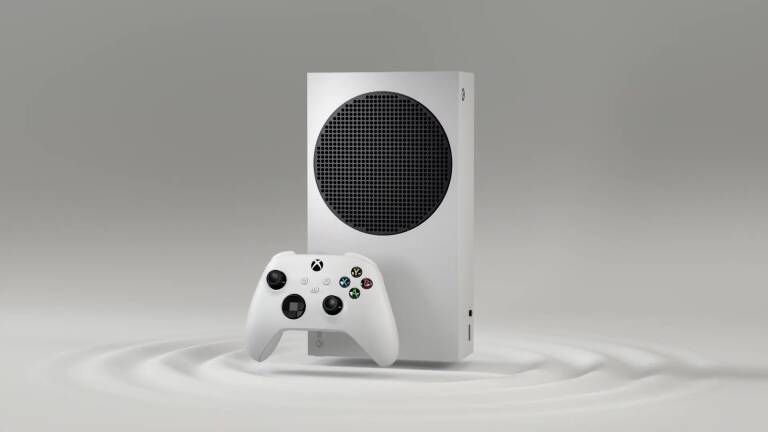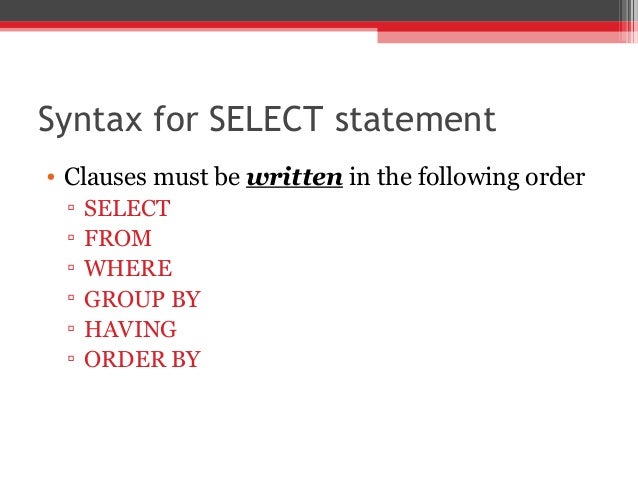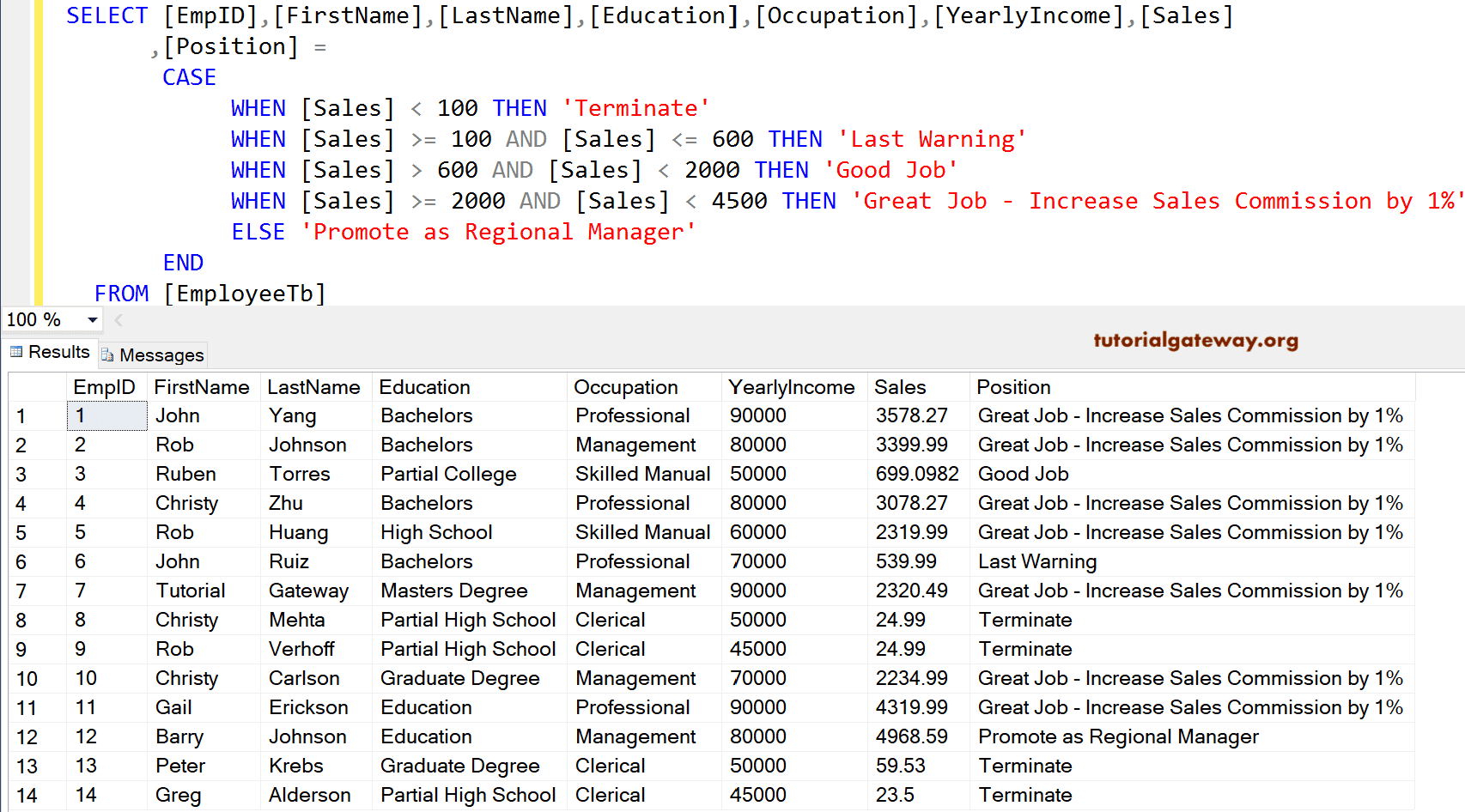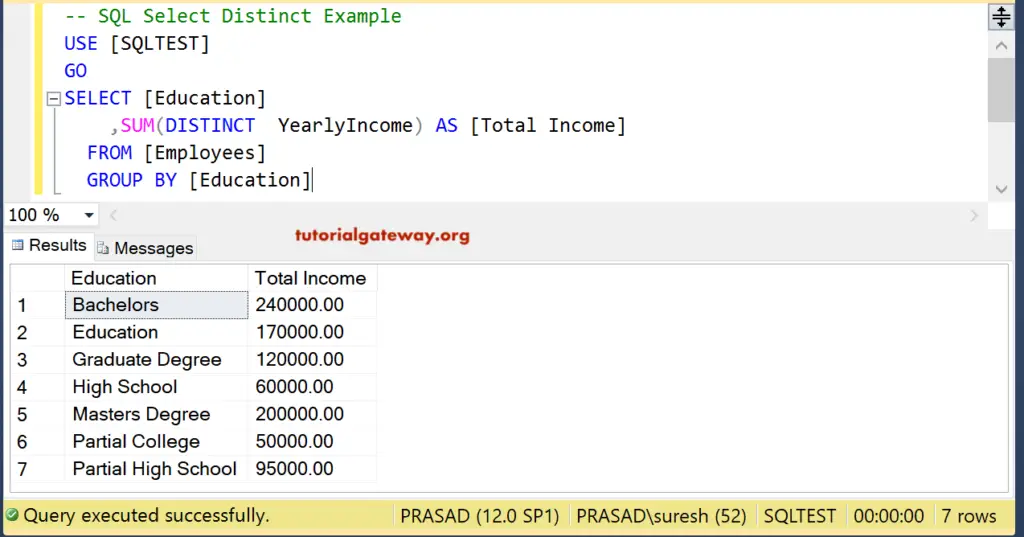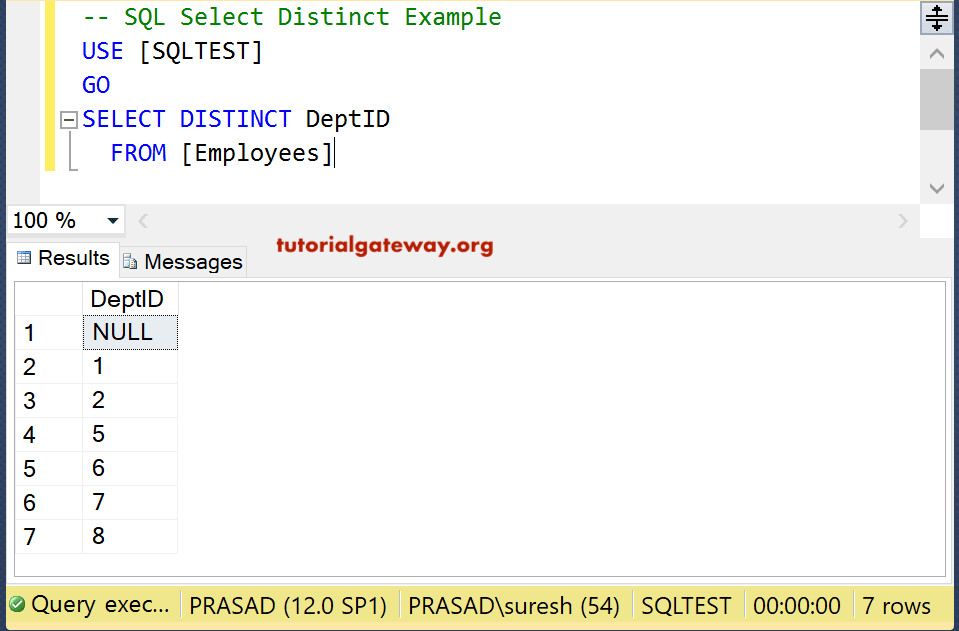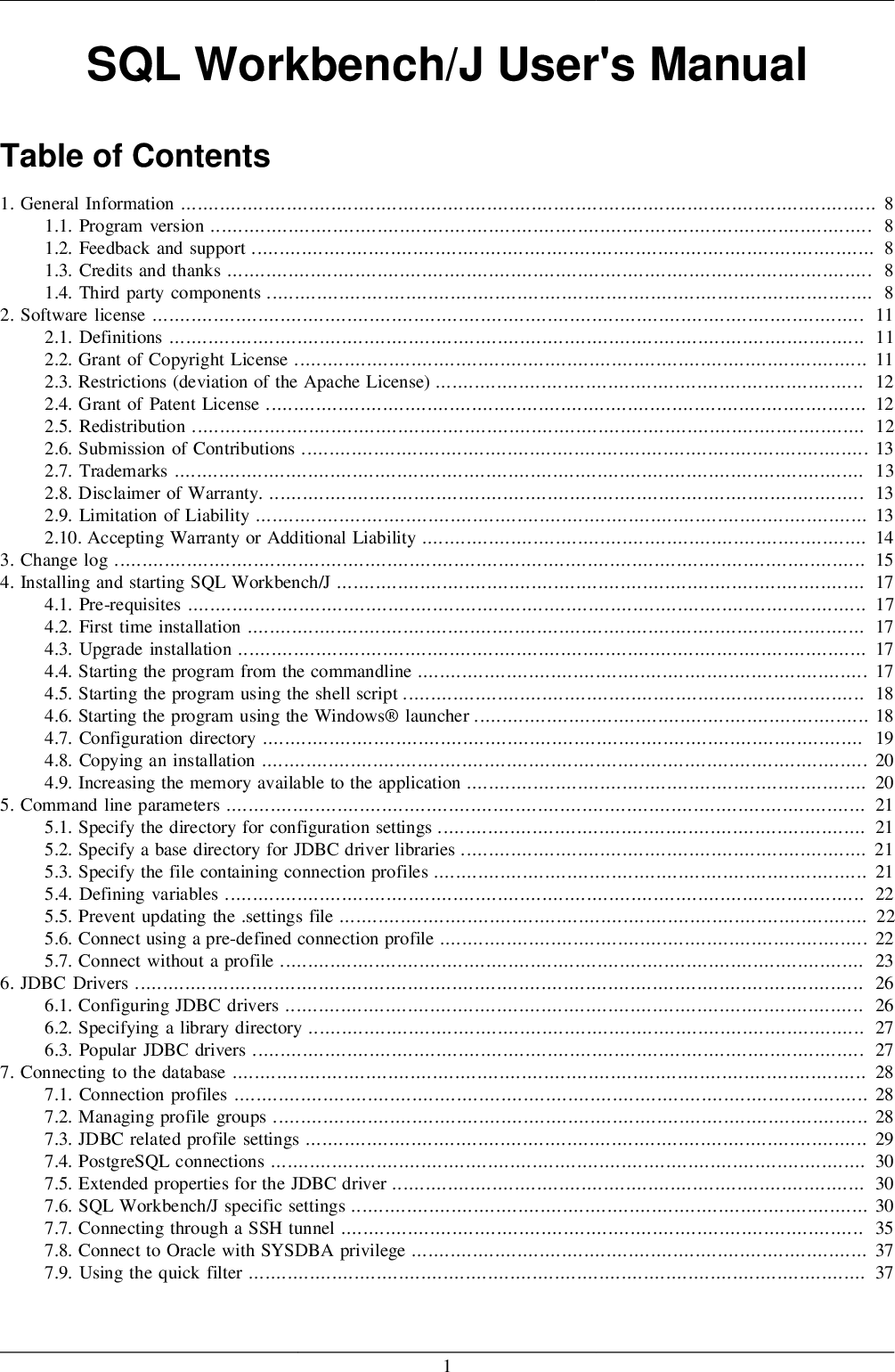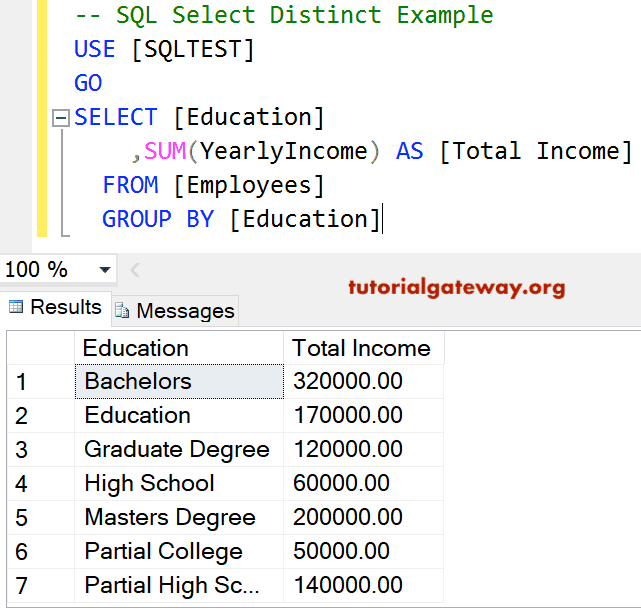However, Forza Horizon 5 is on another level on Xbox Series X and it's one of the few games where I prefer the 30fps quality mode to its 60fps equivalent. The increase in fidelity and the more graceful LOD transitions combined with the upgraded visuals elevate it significantly beyond performance mode. True, it's not 60fps but the motion blur is the best I've seen in bridging the gap. Of course, it is possible to play this game at full frame-rate with Series X's mixture of high, ultra and extreme settings - and that's where the PC version comes into play.
We'll be reporting back on our testing and experiences there soon. Seeing as the Series X quality mode runs at a mix between high, ultra, and extreme settings, Playground Games makes intelligent cutbacks. Ultra and extreme quality presets are only dropped one notch, meaning nothing in performance mode renders below the high preset. Night shadows and ray tracing are the only exceptions as they're just on/off toggles. You're not likely to notice the difference between extreme and ultra presets for deformable terrain in the heat of a race, for example.
Environment geometry is the single setting even players without an eye for detail may notice during normal gameplay. Every game with performance options on consoles features varying levels of compromises. Maybe you were okay with playing Control Ultimate Edition at 60 FPS, but you can't deny how transformative ray tracing is to that game's art. Even if it's a compromise you were willing to make, you can recognize it exists. I played Control in its ray-tracing mode because I felt that game's narrative and environmental storytelling focus benefitted more from the visual fidelity. After all, art design is a major component of that experience.
This is especially true of Control as it was artistically designed with materials in mind that meshed with ray tracing. Even as a person that played this way, though, I can still recognize the major difference in response time and camera motion between the two modes. I was willing to make the sacrifice, but that doesn't mean I didn't notice how much more sluggish it felt by comparison.
To round out the last of the settings, lens effects, anisotropic filtering, and deformable terrain quality all have negligible impacts on performance and should be put on their highest respective modes. We don't recommend anyone use the resolution scaling option, and it's unfortunate that Playground Games was unable to implement a dynamic resolution scaler like on the console versions of the game. Ray tracing doesn't impact gameplay and is only used in the ForzaVista model viewer, which is a crying shame in our eyes. It'll cost you between 12-17% if you want to gawp at your collection with improved reflections. Shadow quality affects the resolution and rate at which shadows update, and can be the most taxing graphics setting in Forza Horizon 5.
The Extreme preset in combination with the High shader quality setting and night shadows offers fantastic visuals but tanks performance by a whopping 30%. Thankfully, moving down to Ultra costs just 7%, but we'd recommend keeping the shader quality at High, meaning this level of shadow fidelity costs 15% in total. Your only other options here are the Low setting, which has a 1% performance impact in comparison to the Very Low preset with the low shader quality, but we'd recommend pursuing other avenues to boost fps. Developer Playground Games has a solid track record when it comes to optimizing their games, and the latest installment of Forza Horizon is no exception.
As expected, there are differences in graphics and performance between platforms with the PC version running at maximum settings on NVIDIA RTX 3080. Interestingly, however, the Xbox Series X matches the highest PC settings in game quality mode (4K @ 30 frames per second). As you might expect, world car level of detail affects the fidelity of Drivatars you encounter in the open world and AI race opponents. This setting can have up to a 10% performance cost and also affects VRAM usage by about 0.2GB when moving upwards from Low. Like the reflection quality setting mentioned earlier, we didn't notice any difference in visuals or frame rate between this setting's Ultra or Extreme level. As such, we recommend Ultra for now, but Extreme is worth considering.
Moving down to Medium offers a 6% performance improvement compared to High, while Low reduces VRAM usage and improves fps by 7%. In order to replicate the Xbox Series X quality graphics mode on PC, gamers should at least have an Nvidia GeForce RTX 2060 Super. But in order to enjoy the PC's biggest advantage, higher frame rates, a more powerful gaming PC is required. With reduced settings equivalent to the Xbox Series X performance mode, an Nvidia GeForce RTX 2070 Super was not entirely able to hold a steady 60 fps at 4k resolution.
PC gamers who would like to play Forza Horizon 5 on these settings should have at least anRTX 2080. Additional technical details, including further explanations of the hardware requirements and recommended settings of Forza Horizon 5 on PC are included in the video embedded below. Some will prefer the expanded frame rate and see that as a necessary trade-off, but we have to say that the 30fps quality mode still plays very well indeed and you get the maximum visual effect, to boot. Switch from 30fps to the 60fps 'Performance' mode and you'll immediately feel the difference. Playground state that this is still running at a maximum 4K resolution, but that "additional graphics settings adjusted to maintain target framerate".
Forza Horizon 5 Xbox One S In practical terms motion blur is reduced significantly giving it a much more gamey feel and pop-in is now noticeable, . However, it's also just that much more responsive feeling when you play the game and, after a short time at 60fps, a switch back to 30fps feels like daggers in your eyes. As we mentioned earlier in this settings guide, the game turns off SSAO if you opt for the High preset. We think this is a smart decision by Playground Games, as the extra depth offered to the game by turning up SSAO quality can get lost in the fast motion of Forza Horizon 5's racing. It comes at a sizeable 16% performance cost as well, requiring the shader quality setting to be set to High. This is the first setting we'd recommend you omit if your gaming PC isn't hitting target frame rates.
If you're raring to hit the road, we think the High preset is the best starting position for most players. It enables you to experience most of the graphical technologies Forza offers, bar SSAO and Night Shadows. This preset also allows you to make use of your graphics cards' ray tracing capabilities in the game's ForzaVista model viewer, if your GPU supports the tech. The game still gets its graphical intent across, but the LOD scaling really shows this console's age. As you race through jungles, you'll notice that the tree foliage stays in its blobby low level of detail until you're almost right up against it, at which point you will have whizzed on by. At times it feels like the game engine shouldn't bother trying to pull in those higher detail assets.
The gameplay still holds up though, and a steady frame rate in this situation is going to be the most important aspect. Particle effects quality controls the visual splendour of volumetric effects like smoke from wheel spins and various other particle effects throughout the game, such as those present in its sandstorms. Your choices here are basically either Medium or Extreme, as we don't recommend anyone use the Very Low settings and the Low/High modes offer extremely little in the way of performance gains. We recommend most people opt for the Extreme setting, with an 8% performance cost, but Medium provides a decent 4% improvement by comparison and doesn't look much worse.
Shifting gears down to Medium will only net you an 8% increase, but it could be worth the trade-off if you're struggling to hit your target frame rate. We'd advise against using the Low or Very Low presets, and instead recommend tinkering with the swathe of individual settings to fine tune your Forza Horizon 5 experience. In one of several extensive videos featuring Forza Horizon 5, Digital Foundry concluded that the quality mode on Xbox Series X mostly matches the maxed out settings on PC. But at a native 4k resolution, the Xbox Series X only manages to output 30 fps with these settings.
Therefore it looks like the PC settings in Forza Horizon 5 do not provide a lot of headroom when it comes to visual quality, also because raytracing is only active in photo mode and can't be activated for regular gameplay. This density of detail is more apparent than the disparity in latency or smoothness of animations and camera motion. Playground Games' motion blur implementation combined with its laser-focused attention to controller response makes for an impressive cross-generation experience. Unlike every other console title I've played, I don't feel like I'm making a sacrifice.
It feels so good that it makes me wonder why they even spent development time on a performance mode at all. Forza Horizon 5 is the best 30 fps experience on current-gen consoles. This centers around the aforementioned environment geometry preset.
The sheer density of detail is what pushes Forza Horizon 5 from attractive to truly next-gen -- a level of fidelity you only get in quality mode. Quality mode pushes the boat on level of detail to a staggering degree. It's not just draw distance that contributes to this awe-inspiring presentation. Forza Horizon 5's quality mode significantly increases the amount of foliage and miscellaneous details across its various ground surfaces.
Switching between performance and quality, it's this environmental geometry that makes the biggest impression. Mexico still looks good from an overall rendering standpoint in performance mode, but it's not as lush as it should be, almost appearing barren by comparison. Quality mode is fixed at a native 4K resolution with performance mode dropping as low as 1600p, but it must be stressed that resolution scaling is used as a last result.
Playground Games has typically opted for fixed, native resolutions, centering optimization around dynamically adjusting settings. To Playground, a pristine presentation has been part of the Forza Horizon signature; so much so that Forza Horizon 5 is the studio's first title in the series to implement dynamic resolution scaling. As such, it isn't anywhere near as variable and constant as many other modern games with DRS. I've always erred on the neutral side, deciding whether a higher refresh or visual fidelity was preferable depending on the kind of experience. In the past, I would have always chosen the performance mode in a racing game, a sentiment I'm sure many readers would agree with.
I loaded up Forza Horizon 5 fully expecting to try out quality mode in its opening, then switching to performance mode for the remainder of my playthrough. In the end, Forza Horizon 5's quality mode flipped my preconceived notions on their head. Forza Horizon is obviously all about the cars, and there are tons of them, all rendered in stunning detail. Most of the rendering budget has been utilized on cars, but thanks to the power of Xbox Series X, environments too are shining with in-depth details.
Accurate car, environmental and material reflections are rendered on the car's body with great precision. Although these are baked in reflections and not real time, they still look great and a step up from last-gen rendering techniques. However, the game offers ray tracing in the Forza Vista mode where you can check out your collection of cars up close and personal, and that too in staggering detail.
This is where the game's visuals are truly dialed up to the max and viewing the cars in this mode is a sight to behold. This is a series that has always aimed for 30fps, but this is probably the best that it's ever felt, thanks in part to the excellent and natural feeling motion blur. The dense foliage on trees, for example, always looks like it's being rendered at high quality. In lieu of ray traced reflections, which we'll touch on more when we get to the full fat ray tracing setting, Forza Horizon 5 uses SSR quality to handle its reflections in bodies of water. This is particularly noticeable when driving on rain soaked streets, but given how the majority of your driving will be in decidedly sunny weather, this is another setting worth eyeing up for a chop.
If you opt for the High setting, you'll trade 5% of your frames per second, while Medium and Low offer a measly 1-2% increase. If you're lucky enough to have one of the best graphics cards available, throw the Extreme setting on and watch your fps tank by 18%. The Xbox Series S version of the game offers two graphics modes - performance mode, which runs the game in 1080p at 60fps, and quality mode at 1440p and 30fps. Let's start with the Xbox Series X and the default graphics mode. In my tests I found that - generally speaking - there are three tiers of graphics fidelity on the consoles.
Xbox One is at the base of the pile, as you may expect, but still gets the job done. Xbox One X's graphics profile at dynamic 4K is broadly equivalent to the Series machines in their 60fps modes - but each version has its own plus and minus points. In some areas, Series X's performance mode seemed to deliver improved ground detail over Xbox One X. Elsewhere, Series S's textures didn't look as detailed as Xbox One X's (and resolution is lower at a dynamic 810p-1080p). Series X performance mode matches One X's 1600p-2160p DRS Plus profile - however, I do want to stress again that resolution changes are difficult to track by eye. It's also nigh-on impossible to find any drops from the target 60fps in the Series console performance modes.
Pop-in can also be noticeable, at least when playing on performance mode (and if you're like me and need 60 fps, you'll be playing on performance mode). It's not an obnoxious issue, and it's well within the norm for open-world games, but it does become more noticeable with games like this getting so close to looking like the real thing. Reflection quality controls the quality of reflections in car bodies/mirrors, which you'll naturally be seeing a lot of in your shiny new sports cars. This setting may be bugged, as we found that neither its performance cost nor fidelity didn't increase past the High setting. Your mileage may vary and this might be resolved by a future patch, but for now, we recommend the High setting with its 13% frame rate footprint. Medium will net you a 4% performance gain compared to High, but given how prevalent these reflections are, we'd think twice before turning this setting down.
Forza Horizon 5 is the first game in either of the Forza series to debut on Microsoft's latest Xbox Series consoles, complete with gorgeous visuals, and it's a sight to behold on the PC as well. If you're ready to head to Mexico, let's get your gaming PC tuned up and tinker with the game's many settings in its graphics menu. While we're talking about picture settings, also make sure that you're playing FH5 in your TV's low-latency Game preset, (assuming it has one – most do). Forza Horizon 5, on the other hand, sets a new standard with its quality mode.
Running on a fork of the ForzaTech Engine, Playground Games has always prioritized input latency for the best possible console experience. Given the open-world nature of their titles, they couldn't expect to manage 60 FPS as easily as Turn 10's Motorsport series with its closed circuits. Racing games have always been at the forefront of showcasing graphical fidelity. Most major video game consoles released in the past have been accompanied by a marquee racing game that pushes the new hardware to its limits and shows off what the new generation is about. For Xbox, this was Project Gotham Racing back in the day with Forza Motorsport taking the mantle with the Xbox One generation.
With the release of Xbox Series X|S though, we hadn't yet gotten that true next-gen racing experience but that changes now with the release of Forza Horizon 5. The Xbox One X targets 4K and it looks absolutely fantastic doing so. It's right up there with the Xbox Series X's general fidelity, seemingly blending the level of detail of Performance mode with the motion blur of Quality mode, or something close to that.
Unfortunately, the One X doesn't have a performance mode of its own, which it did have for Forza Horizon 4. I really hope Playground can add that in down the line, because unless there's a CPU or HDD limitation, it should be able to match the Series S. I mean, triple-A graphics have already gotten pretty good at replicating automobiles and landscapes, but this is as impressive as it gets.
The few character models that populate the game's world and cutscenes don't look anywhere near as good as the cars and trees. Now, that is a good prioritization of resources for an open-world racing game, but those characters do stand out when everything else looks so amazing. But sometimes a game can be so pretty that it helps you appreciate an experience that you would normally feel mild about. For example, I'm not the biggest racing game fan in the world. When I do enjoy a racer, it's usually a more arcadey experience like Ridge Racer Type 4 or the more recent Cruis'n Blast.
Before you can dive headfirst into the Horizon festival's Mexico stint, you'll be asked to choose whether you want to play on the Quality or Performance graphics setting in Forza Horizon 5. This option is only available on the Xbox Series X|S consoles, with PCs given free-reign to customize the graphical experience to their specification, and Xbox One consoles limited to a pre-defined list of settings. But which should you choose, Quality or Performance in Forza Horizon 5? Moving on to motion blur quality, this cost us 7% of our fps in our testing regardless of which setting we chose.








